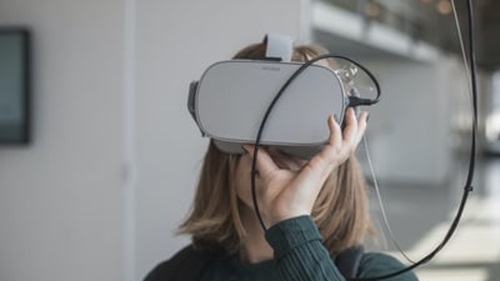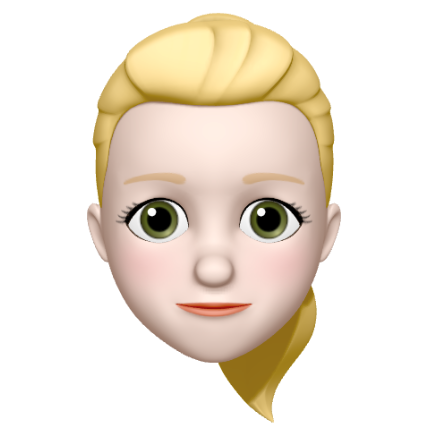
In recent years there have been many successful attempts at virtual reality (VR) technology. VR technology was made possible with companies such as Oculus, which was bought by Facebook a few years ago. These companies design systems that consist of a device that is connected to a computer or possibly a device connected to a phone. They provide complete 360-degree experiences and the quality of the experience is dependent on the power of your computer and the quality of the screens on the VR device. The basic technology for VR has been created and the market is perfecting the type of gear that will be used. However, the story is different with Augmented Reality (AR).
AR, despite having been more popular than VR for longer, does not have a well-established delivery method, in my opinion. Augmented Reality is about augmenting the world around you. In other words, adding elements to the world you are in. Right now, this involves seeing those elements through a screen attached to a camera. The most common example would be a smartphone or tablet but even Sony’s PlayStation Portable and PlayStation Vita both had AR functions via the camera and screen. In the case of the Vita, you could have an animated 3D character dance in front of you as you held the device. This sounds good but the character doesn’t fit well with most environments. The reason is that the lighting conditions are important and that the character does not look very realistic compared to the real world setting. A bigger problem might be the artificial feeling of having to hold the device around the augmented element. This does not feel very realistic and can be tiresome.
Future AR must be much more seamless. I don’t think any current company has established a good method for making AR more seamless, but of course there are many ideas. In the case of VR, it’s possible to immerse yourself completely into a virtual world. You can wear a helmet and a suit and even walk on a special treadmill in order to simulate a lot of human senses. This technology is expensive but it exists and it will become more convenient in the future. The technology for a comfortable and realistic AR experience does not yet exist outside of controlled conditions.
The best implementation of this would require that the user feel totally comfortable and natural when using the technology. Holding a phone around an object would probably not fit this requirement. A good example might be AR glasses or even contact lenses. The data could be pointed directly into the eye via lasers to give information about the world around you in real time. Getting real time information would augment the reality around you but an even better goal would be to have the world around you change in real time. We have examples of this but no good implementations. An example might be when you approach a QR code advertisement. In the real world, the advertisement is just a piece of paper but as you wear your AR device, the advertisement could project a 3D image or even recognize you and talk to only you. This is all possible but the technology is not convenient nor can it adapt to natural circumstances. As the technology improves, the world of advertising of the future in particular might be very personalized and stimulating compared to the current use of flat 2D images.
Ivan
Vocabulary
gear (n) - supplies, tools, or clothes needed for a special purpose
augment (v) – to add something to something else in order to improve or complete it
element (n) - a particular part of something
artificial (adj.) – not natural or real
immerse (v) – to make yourself fully involved in some activity or interest
implementation (n) - the process of starting to work on a decision or plan
ネイティブ講師と話すならこちら!
英語学習をフルサポート!
マンツーマン&コーチングの英会話教室




















